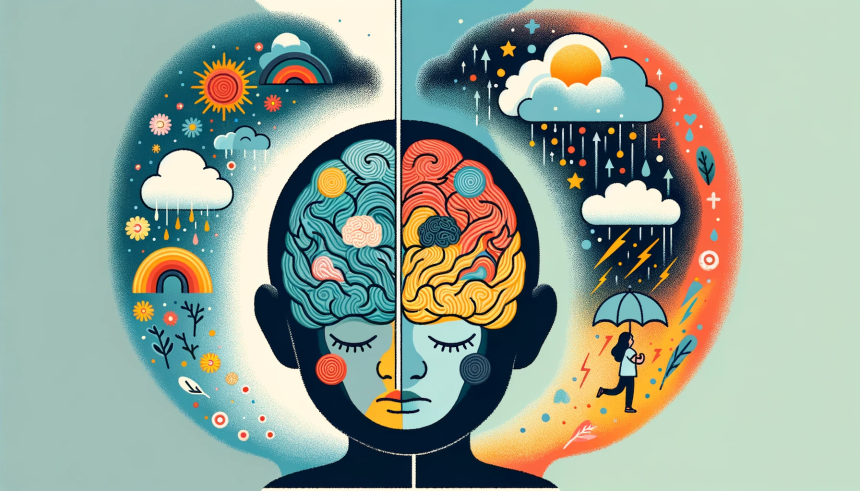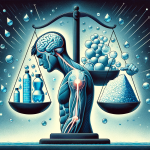Prologue to a Mental Health Revolution
In the realm of pediatric mental health, the specter of anxiety looms large, casting long shadows on both the immediate and future lives of young individuals. Recently, groundbreaking research has illuminated a path of hope, revealing the profound impact of therapy on the neural circuitry of children grappling with anxiety. This revelation is not just a leap in therapeutic science; it’s a testament to the pliability and resilience of the young mind.
The Undercurrents of Childhood Anxiety
Anxiety in children transcends the ebb and flow of typical worries. It manifests as a relentless storm of distress, disrupting the very core of daily life. The ripples of this turmoil extend far into emotional development, social dynamics, and academic realms, painting a complex picture of childhood marred by persistent fear.
Decoding the Neural Shifts Post-Therapy
The Crux of the Study
- A meticulous investigation involved brain imaging of anxious children and pre- and post-cognitive behavioral therapy (CBT).
- The epicenter of this research was the neural regions tied to emotional processing and modulation.
Pivotal Discoveries
- Neural Pathway Transformation: Post-therapy, the amygdala and prefrontal cortex, key players in fear and emotion management, exhibited significant changes in activity.
- Amygdala’s Diminished Alarm: Known for its hyperactivity in states of anxiety, the amygdala showed a marked decrease in reactivity after therapeutic intervention.
- Prefrontal Cortex’s Ascendance: There was an upsurge in activity within the prefrontal cortex, indicative of enhanced control over anxiety-inducing stimuli and emotional regulation.
The Ripple Effects of These Findings
Refining Therapeutic Modalities
- These insights into neural adaptation offer a beacon for fine-tuning therapy, tailoring it more precisely to the pediatric psyche.
The Imperative of Early Intervention
- The research underscores the potency of early therapeutic engagement, setting the stage for deeper neural modifications and more favorable trajectories in mental health.
Chipping Away at Stigma
- Demonstrating physical changes in brain activity post-therapy serves as a powerful tool in dismantling the stigma enveloping mental health, nudging more families towards seeking aid.
Epilogue: A New Dawn in Child Mental Health
This research marks a seminal chapter in demystifying and combating childhood anxiety. It reaffirms the efficacy of therapeutic intervention and spotlights the brain’s extraordinary capacity for recovery and adaptation. As we continue to delve into the enigmas of the brain, these insights carve pathways to innovative treatments, kindling hope and healing for anxious children and their kin. This journey in understanding mental health is far from over, but each stride taken is a stride closer to a future where children can flourish, unburdened by the weight of anxiety.








